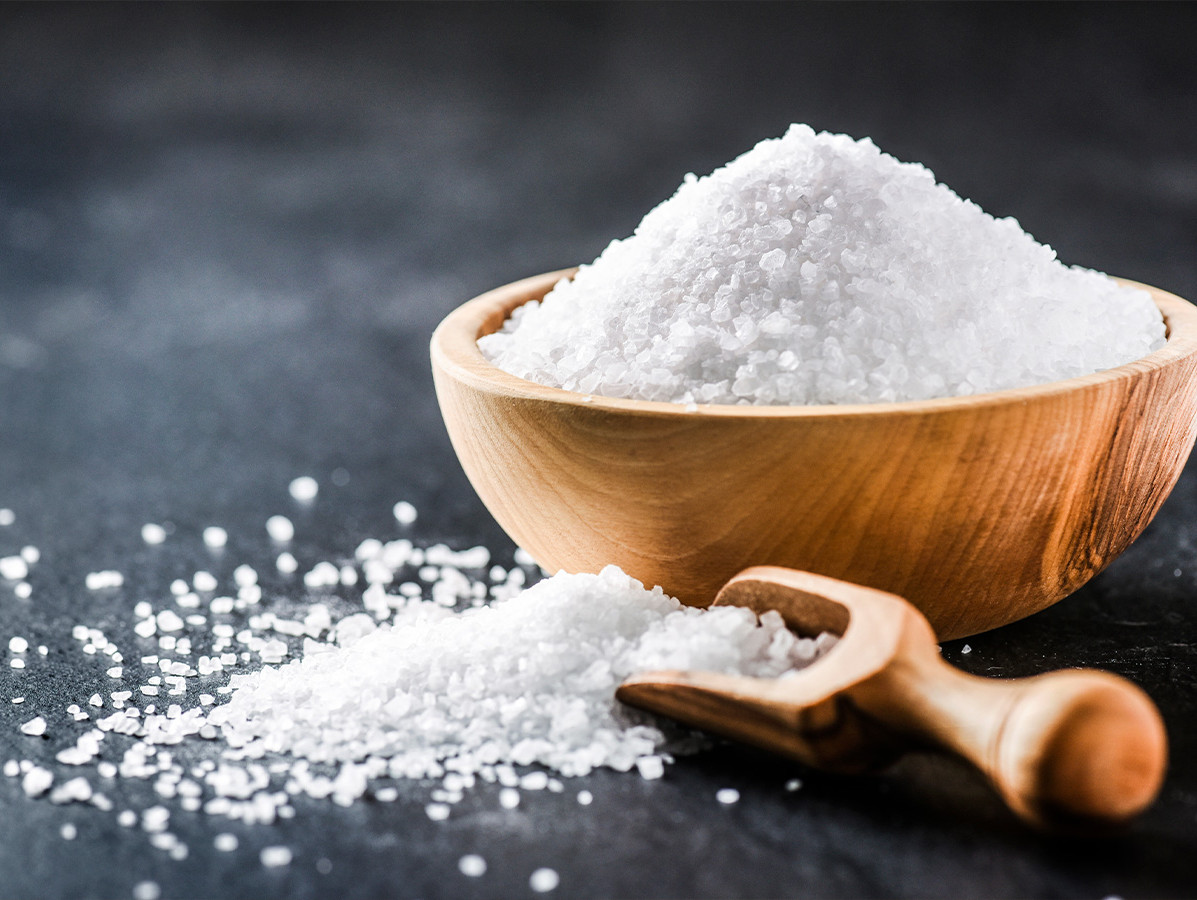
During the inspiration session 'NAPV criteria in practice' on 8 November 2022, the Ministry of Health, Welfare and Sport (VWS) and knowledge partners showed what steps they are taking to refine the National Approach to Product Improvement (NAPV) system. Topics included improved data transparency and the inclusion of sales data in monitoring. From the business sector, Iglo, Van Geloven and Vandemoortele showed how they are already putting the criteria into practice.
'Producing tasty and nutritious food, that's the profession you understand'. With this, Victor Sannes, director of Nutrition, Health Protection and Prevention (VGP) of the Ministry of Health, Welfare and Sport opened the meeting. At the same time, Sannes noted that we are far from achieving the goals of the Prevention Agreement. That is precisely why it is important to keep talking to each other and to look for smart solutions together, Sannes said. The ministry therefore invites the sector to think along constructively.
The Foodstuffs Database is the source of data on which the NAPV criteria are based, as well as the basis of monitoring. Companies are therefore keen to know how their products and those of competitors are classified. Wieke van der Vossen showed what improvement steps have been taken to increase transparency. New, for example, is that industries can now use the manufacturer portal to see how their members' products are classified in the database. The dot on the horizon is that in future, all currently classified products, with their NAPV category and step, will be directly findable via an application.
Until now, in the reformulation monitor, all products were equally valued, regardless of how often they are sold. To better estimate the impact of product improvement on health, it is desirable to also have insight into product sales. To monitor products, linkage with sales data is needed. RIVM has taken up this challenge with CBS with a pilot on soft drinks. Ivon Milder of RIVM presented the results and engaged in a discussion on the pros and cons of weighted monitoring. The attendees all turned out to be in favour of weighted monitoring.
How can it be made visible that a product has been improved? According to some companies, this is an important incentive to improve product composition, but opinions are divided on this. This was the subject of a duo presentation by VWS and FNLI. They discussed the legal (im)possibilities for communication on reformulation steps and then collected ideas from the attendees. Maria van Delft from the Ministry of VWS indicated that she will take this input into her exploration of the possibilities, about which VWS will inform the Dutch Parliament in spring 2023.
That there are already companies using the NAPV criteria was evident from the practical examples of Iglo, Van Geloven and Vandemoortele. Eric Baute of Iglo (Nomad Foods) was the first to give an insight into their product improvement strategy. He also showed how he has a simple way of mapping how their fish products score on salt in the NAPV. The next step is to integrate the criteria into the Nomad Foods Nutrition Programme.
Thom Hoffman is responsible for developing Van Geloven's 'More Conscious Snacking' programme. He showed that a lot has already happened on salt reduction at his company. But it doesn't stop there, as a further 10% salt reduction is on the agenda for 2025. The NAPV is a tool here to focus on product improvement and to identify priorities.
Lieselot Delabie of margarine and fats producer Vandemoortele (known for Gouda's Glorie, among others) also showed that she already has a sharp grasp of the opportunities and challenges of NAPV. Reformulation on saturated fat is possible to some extent for margarines and fats. But in addition, to meet the targets, a switch from solid to liquid fats and oils will also be needed. Functionality remains important, according to Vandemoortele; we must ensure that consumers do not switch to non-reformulated products.
The discussion also highlighted challenges for the industry. For instance, some of those present still experienced bottlenecks, such as lack of clarity around prepared products, or around agreements from the ASF that now no longer have any attention. There was also a need for phasing in the agreements on product groups and/or nutrients and attention to portion sizes.
In a response, the ministry said that it welcomes the companies that have already made a start and will engage in discussions on concrete tools and possible solutions to bottlenecks. For support in making joint agreements, there is also a role for the industries, VWS said.
Image: ©Krasula/Shutterstock.com
Source: NAPV